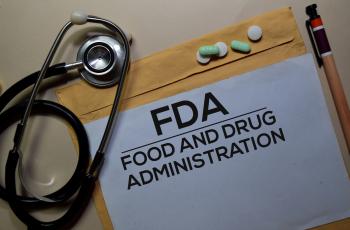Healthcare Teams of the Future Include Community Health Workers
How can a focus on the community help us decrease the burden of diabetes?
A recent New York Times piece, “Why America’s Black Mothers and Babies Are in a Life-or-Death Crisis,” sheds light on racial disparities in health and how community workers play a role in addressing them.
The article presents troubling statistics about maternal and infant mortality. It reports that the experience of being a black woman in America negatively affects the health of these mothers and their babies; black infants are more than twice as likely to die as white infants, and black women are 3-4 times more likely to die from pregnancy-related causes than white women, according to the CDC.
Maternal and infant health are not the only health outcomes affected by racism – the stress of daily and accumulated racism is linked to the incidence of type 2 diabetes. Results recently published from the Black Women’s Health Study found that women who experienced the most racism had a 16-30% higher risk of diabetes, only half of which was accounted for by BMI. A 2002 report found, “Black people were 3.6 times as likely as white people to have their legs and feet amputated as a result of diabetes, even when all other factors were equal.”
We obviously need fundamental shifts in our healthcare institutions and broader culture - but in the near future, what might change these disparities?
Dr. Prabhjot Singh, Director of the Arnhold Institute for Global Health at Mount Sinai and an expert on community health worker models, says, “When you have an organized community-based team that connects technical clinical issues with a deep, embedded set of relationships, you can make real breakthroughs.” In the Times’ piece, the support of a doula – a trained childbirth assistant who is able to advocate for each patient within the health system – made all the difference.
There is a lot to learn and replicate from existing successful community health efforts. The Community Health Worker Network of NYC, for example, allows community health workers to share best practices and resources, and gain training in advocacy work on policies that support the advancement of community health worker practice. The Durham Diabetes Coalition identifies people and neighborhoods at high diabetes risk and connects them with local resources and home visits form a multidisciplinary care team. The Diabetes Awareness & Wellness Network (DAWN) in Houston provides a free community space focused on developing diabetes self-management skills.
Of course, increasing the reach and resources of community health workers isn’t going to solve racial disparities in diabetes or the burden of diabetes overall. But it should definitely be a part of the solution.


